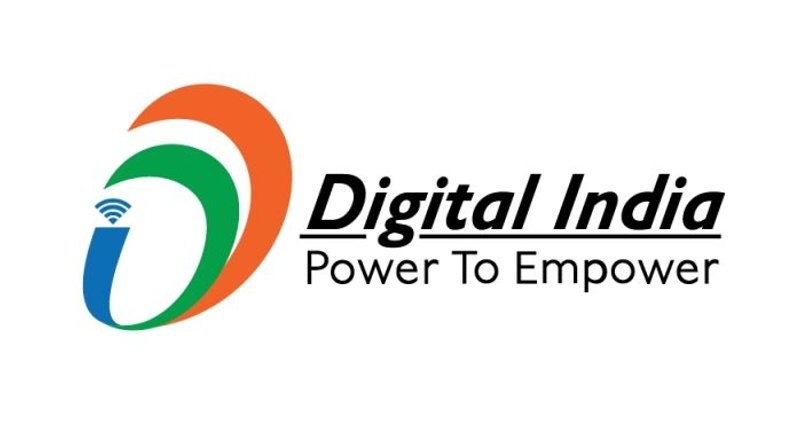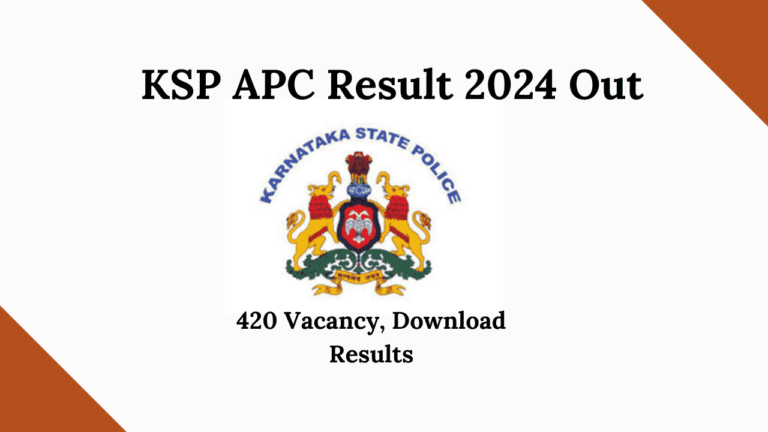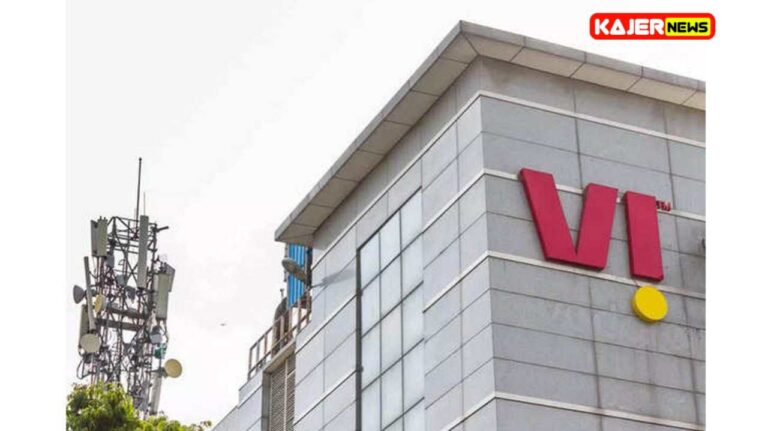For the Digital India Programme, the Union Cabinet of India Allotted ₹14,903 CR.
The Digital India programme has received unanimous approval from the Union Cabinet of India, and a considerable allocation of ₹14,903 crore has been made to forward this ambitious endeavour. The Indian government has reaffirmed its commitment to using the potential of digital breakthroughs for the country’s overall development with this historic move.
The Digital India initiative, which was started in 2015 by Hon. Prime Minister Shri Narendra Modi, has been a shining example of the nation’s development towards becoming a digitally advanced society. As the digital landscape rapidly changed, it became clear that the plan needed to be scaled significantly. The recently approved funding will act as a spark to promote connectedness, inclusivity, and innovation in a number of industries. The goal of closing the digital gap between urban and rural communities and guaranteeing that all individuals may benefit from technology is at the core of this growth.
According to an EY analysis, in 2016 the combined research of Huawei and Oxford Economics estimated the size of the global digital economy to be approximately US$11 trillion, or 15.5% of the world’s GDP. By 2025, this amount is predicted to rise to US$23 trillion, or 24.3% of the world’s GDP.
According to RBI, in 2019 the construction (6.1%), rental (4.2%), food, beverage, and tobacco (3.8%), textiles and textile goods (3.6%), and electrical and optical equipment (3.5%) industries in India had.
By January 2023, there were 1,052 crores of digital transactions, more than three times as many as there were in November 2019 (300 crores).
A recent study by MeiTY (2019) assessed the scale of India’s digital economy at US$200 billion in 2019, which is predicted to climb to US$500 billion by 2025 in their “business as usual” scenario, as expressed by D. K. Srivastava, Chief Policy Advisor, EY India. Nevertheless, they also note that by implementing a series of policy measures encompassing 30 digital themes under 9 national goals, the size of India’s digital economy may possibly be raised by up to US$1 trillion: (1) IT infrastructure and software capabilities of the twenty-first century, (2) Future e-governance.
The goals are as follows: 3) universal healthcare; 4) high-quality education; 5) energy; 6) next-generation financial services; 7) double farmers’ income; 8) Made in digital India, made for India, make for the globe; and 9) future jobs and skills.
According to a report, India’s digital economy is expected to grow at a rate of over 10%, second only to China’s.
Money Allocated for Important Goal Domains
The FutureSkills Prime Programme will reskill and upskill 6.25 lakh IT professionals.
The Information Security & Education Awareness Phase (ISEA) Programme will provide information security training to 2.65 lakh people.
The Unified Mobile Application for New-age Governance (UMANG) software and platform will offer 540 more functions. There are already more than 1,700 services offered on UMANG.
The National Super Computer Mission will add nine more supercomputers. This is on top of the eighteen supercomputers that are currently in use.
All 22 schedule 8 languages will get access to Bhashini, the AI-powered multilingual translation tool that is presently available in ten languages.
The National Knowledge Network (NKN), which links 1,787 educational institutions, is being modernised.
MSMEs and other companies can now access the DigiLocker digital document verification capability.
Tier 2/3 cities will receive help for 1,200 companies.
There will be three AI centres of excellence focused on agriculture, health, and sustainable urban development.
courses on cyberawareness for the 12 crore university students.
New efforts in the field of cyber security include the creation of instruments and the National Cyber Coordination Center’s integration of over 200 sites.
Vice President of Sales for SAARC and India at Sophos, Sunil Sharma, commented on the development, saying, “India’s expansion of the Digital India Programme reflects a visionary stride towards technological.
Sophos, a pioneer in next-generation cybersecurity, is aware of how crucial cybersecurity is to this endeavour. There is a persistent worry about the severe skills gap in cybersecurity. It is a step in the right direction that 265,000 persons will be trained in cybersecurity as part of the ISEA Programme. But closing the skill gap takes teamwork, and Sophos is unwavering in its commitment to offering AI-powered security solutions and working with the government, business, and academic community to develop a competent labour force. By working together, we can strengthen India’s digital infrastructure and guarantee a safe and prosperous future,” he continued.
This declaration will undoubtedly help India’s digital economy, which has advanced significantly thus far. Additionally, it will make it easier and more efficient for citizens to access a range of services provided by both the public and private sectors. In addition, it would support the expansion of the nation’s IT and electronics industries and undoubtedly contribute to India’s rise as a top location for ICT software and application development as well as manufacturing.




